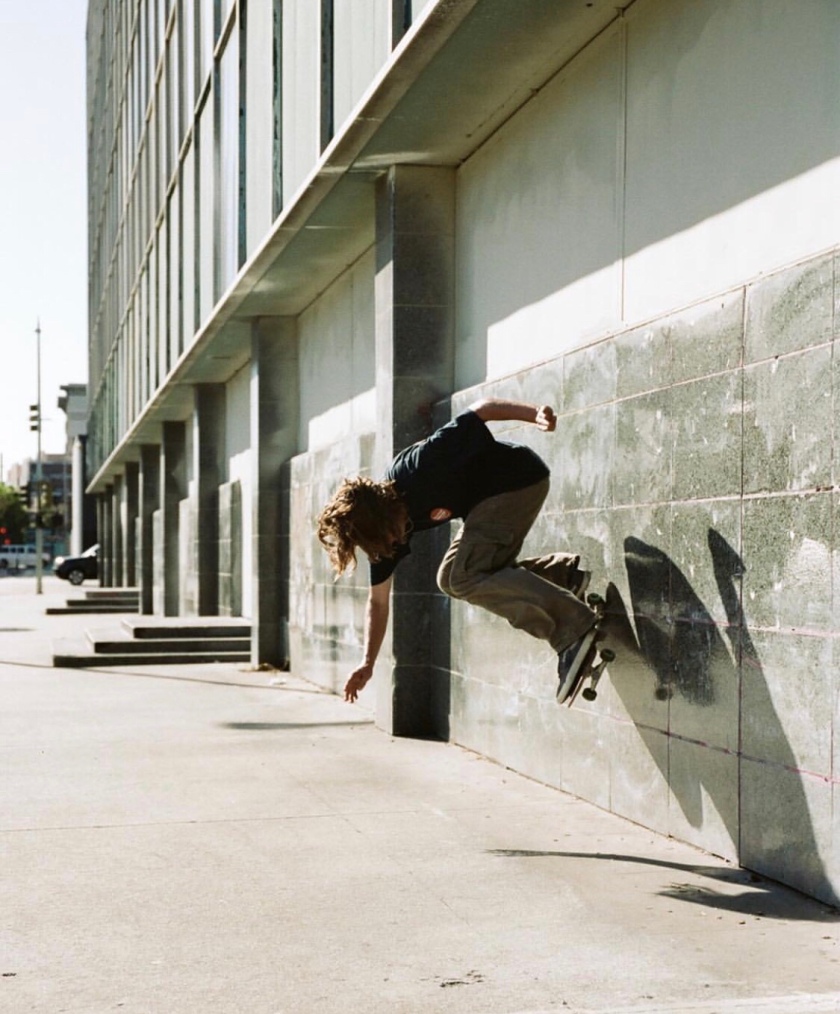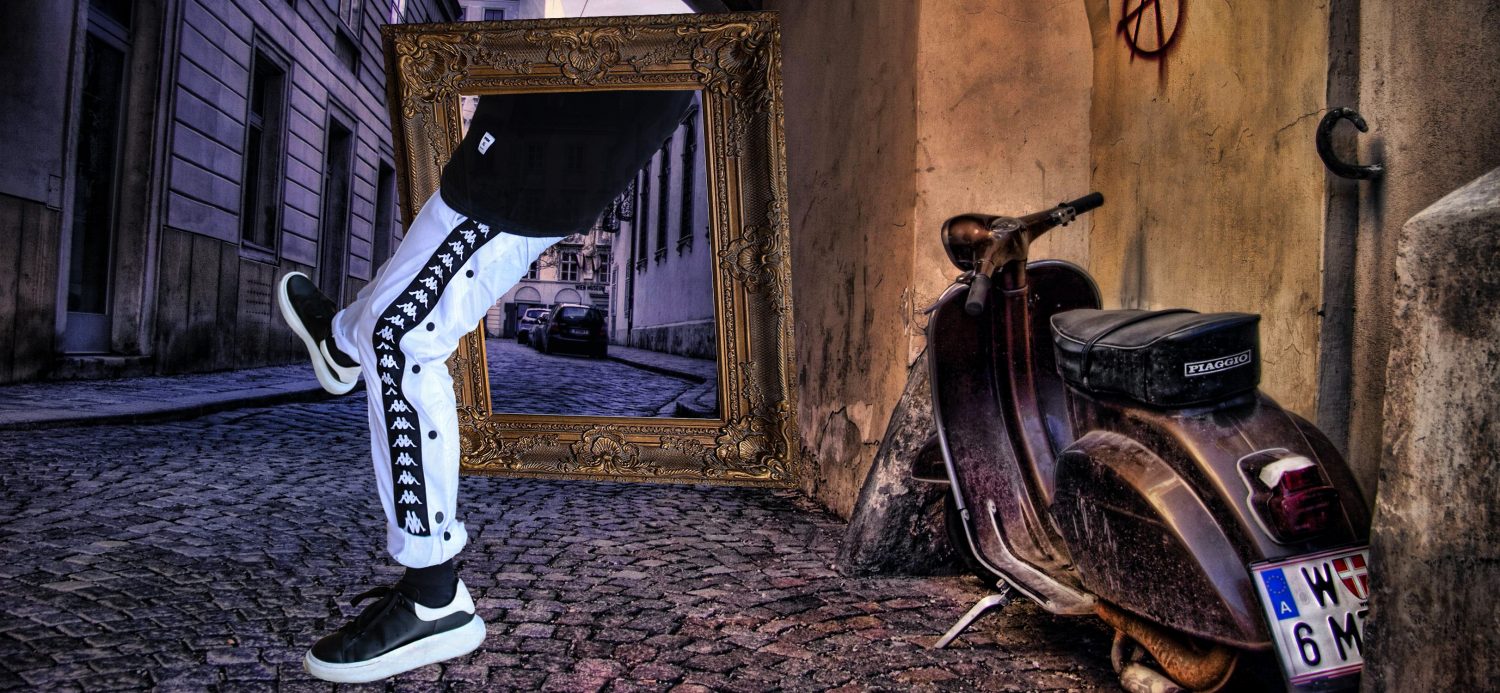Skating began in the early 1950’s when surfers wanted something more while the waves were flat in California.
They tried to attach roller blades wheels to a wooden plank.
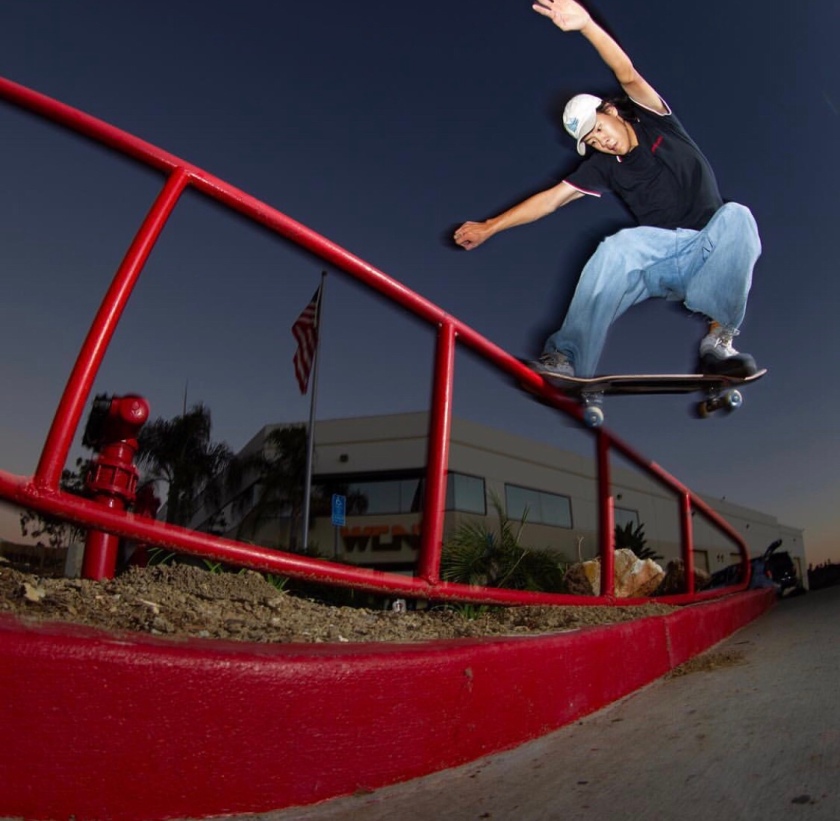
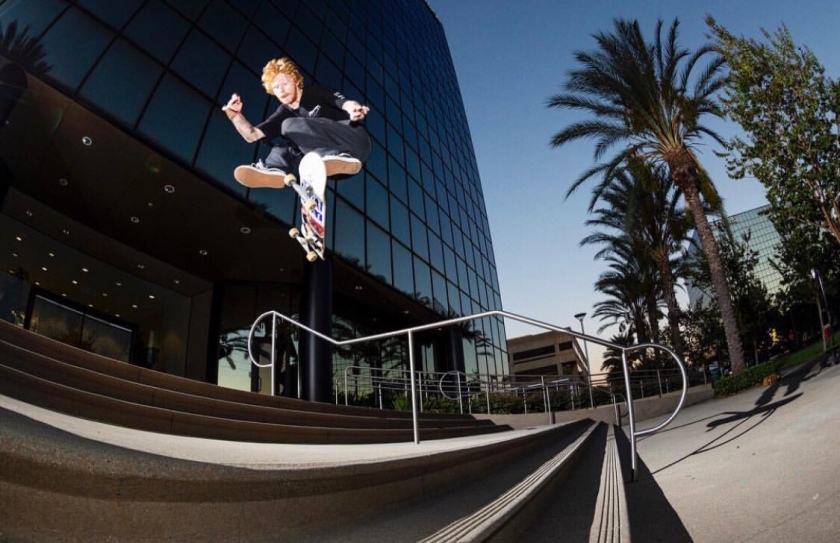
the photographer successfully captures elevation and a large sense of movement, this is something that I personally think brings life and energy to a photograph. The ability to capture gravity and show somebody frozen in motion.
In this photograph the model is being presented skating in one of the most authentic and traditional skating shoes, vans – they are usually worn for skating due to their durability, comfort and style as they are created for skateboarding and are a big brand in skate culture. This links to my project as I’m exploring and questioning traditional, classic footwear in skating trying to create a unique, unconventional composition that includes both the casual, authentic skater style but mixed with an elegant, more feminine shoe like a high heel to break the boundaries of classic skater style and completely question it.
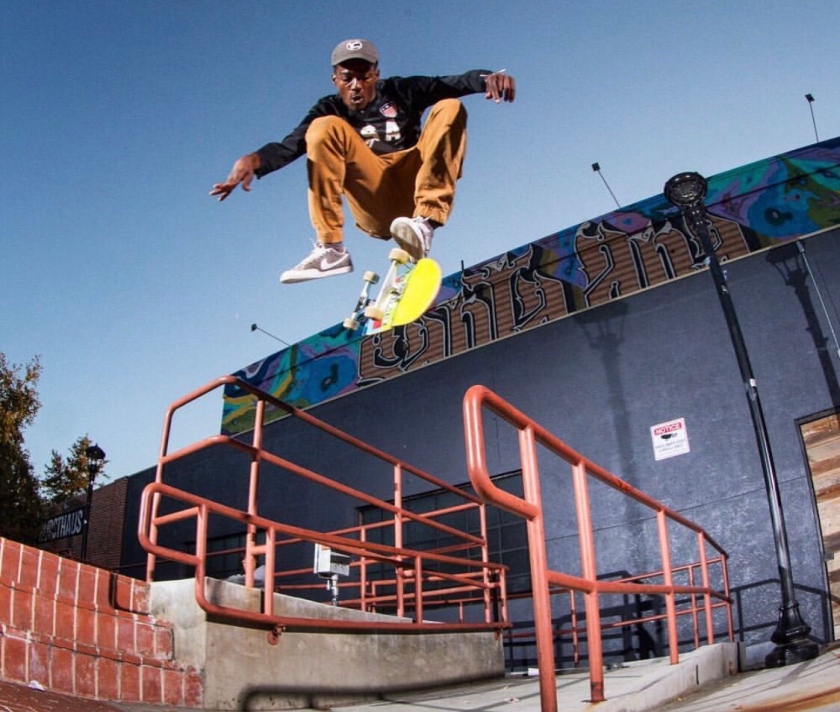
I love the setting of this photograph and would like to use this kind of environment and day light in my actual photoshoot.
Skateboarding today is a global phenomenon, with around 50 million riders and thousands of skate parks worldwide, it will even feature as a sport in the 2020 Olympic Games. From the full-on testosterone of Thrasher skateboard magazine to the fashionable styling of Vogue, the skater girls and boys of Kabul to the Native American reservations of South Dakota, the skate parks of Brazil to the streets of Shenzhen, skateboarding is no longer just for punkish, subcultural rebels.
Entering a skate shop, you are as likely to see branded shoes and T-shirts as actual skateboards. Inevitably, big companies are also involved, including the likes of Adidas, Levi’s, New Balance, Nike and Vans.
Most profound of all is skateboarding’s contribution to city streets and public spaces, for it remains, at heart, an urban activity. While cities are made up of housing, offices, banks, transport, universities and so forth, skateboarding makes use of these buildings without engaging with their productive activities. Freed from the strictures of regimented skate parks and the demands of organised sport, street skateboarders implicitly deny that cities should always be productive or useful.
